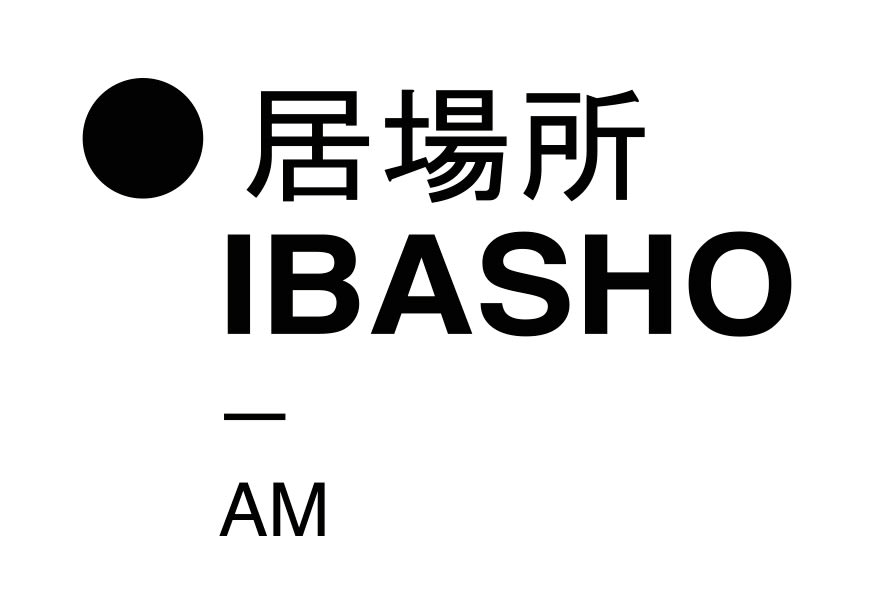Kineo Kuwabara
Kineo Kuwabara (1913 – 2007) was a Japanese editor and photographer, known for photographing Tokyo for over half a century.
Kuwabara was born in Tokyo in 1913. He started taking photographs around 1931 with a Vest Pocket Kodak, but his interest increased as a result of an invitation by his neighbour and well-known photographer Hiroshi Hamaya to go to a photo-shoot in Kamakura. His photograph, taken with a Leica C, won second prize in the related contest, leading him to submit his work to photographic magazines, which accepted them.
In 1940, he went to Manchuria to take photographs for military purposes.
He returned after the war and became editor of the magazine Camera and thereafter edited other photographic magazines, putting the nurture of new talent and photographic criticism ahead of his own photography.
Kuwabara's own photographs received more critical attention from the late 1960s, but the revival in his work only took off in the mid-1970s. He came to be regarded as one of the foremost street photographers, particularly among those active before the war. While his earlier photographs of Tokyo had concentrated on Asakusa and elsewhere in the Shitamachi (area traditionally populated by artisans), his later photographs (many in color) show Setagaya-ku, where he later lived.
Nobuyoshi Araki did much to promote the revival of interest in Kuwabara's works, and the pair had a joint exhibition, 'Love you Tokyo', in the Setagaya Art Museum in summer 1993. In 2014 a retrospective exhibition Kineo Kuwabara’s Photographs: Tokyo Sketches of 60 Years, was held in the Setagaya Art Museum.



